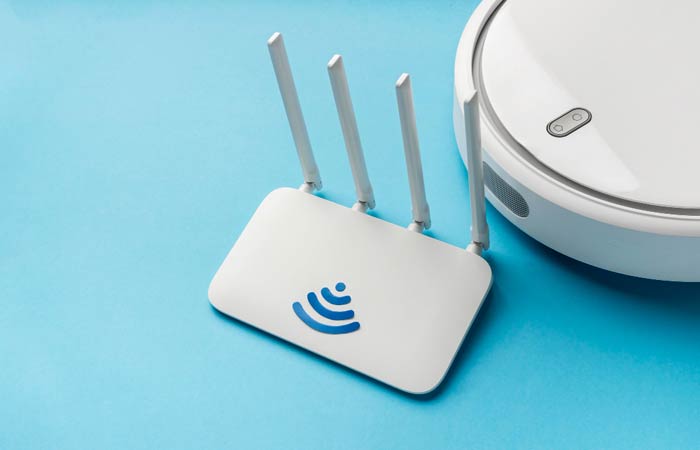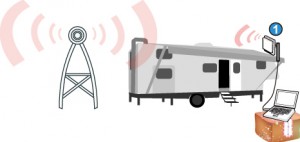


You’re basically turning your phone into a wireless access point, making it possible to access the internet on other devices with WiFi capability, but it will use your phone’s data.Įach carrier offers its own unlimited plan but not all carriers are ideal for mobile living, based on factors like text and call coverage, LTE coverage, and high-speed caps on data. Using your phone as a personal hotspot is a great option for trips of a week or less, when having data isn’t critical, but you would like to stream an episode or movie on Netflix. There are three main options for RV WiFi while you’re living on the road: using your phone as a hotspot, adding a hotspot router to your existing mobile plan, or satellite internet. Over time, however, Instagram can pull loads of data from your plan (especially if you’re obsessive like me and use upwards of 12GB on Instagram alone per cycle). By contrast, uploading a photo to Instagram will use about 2-4MB of data. Streaming Netflix movies in regular definition will pull about 1GB of data per hour (high definition videos average 3GB per hour). Do you work remotely? Do you download documents? Stream Netflix? FaceTime your daughter in the Peace Corps?

In order to figure out the best RV WiFi for you, determine your biggest WiFi use. While it’s not surprising, it doesn’t get you closer to a solution, either. Our Facebook Campfire community created a thread to identify the best type of mobile WiFi-73 comments later it turns out some options work better than others, depending on your lifestyle and needs. If you’re wondering what your options are for RV WiFi, you’re not alone. Here Are Your Options for Setting Up RV WiFi

With the upgraded version of The Dyrt app, you can access campgrounds, maps, and photos for offline use. When searching for a campground though, you don’t need WiFi with The Dyrt PRO. We’re here to break it all down and help you figure out what the best RV WiFi is for you. Between various cell phone carriers, satellite internet, and WiFi boosters, it’s a labyrinth of connectivity options. With so many options, it can be pretty confusing to even know where to start. And while it can be difficult to balance working on the road with visiting all the marvelous wonders along the way, RV WiFi makes it easier than ever to stay connected to your friends, family, or work. Not all camping is driving miles down a dirt road, secluding yourself from society, and singing Kumbaya around the campfire (although I wish it was.) In this age of hyper-connectivity, more campers are hitting the road full-time with their mobile RV WiFi, outdoor tech, and adorable dogs in tow, working remotely while checking off all 59 national parks or visiting long-forgotten state parks in far-off corners of North Dakota.įor many, it’s the dream.


 0 kommentar(er)
0 kommentar(er)
